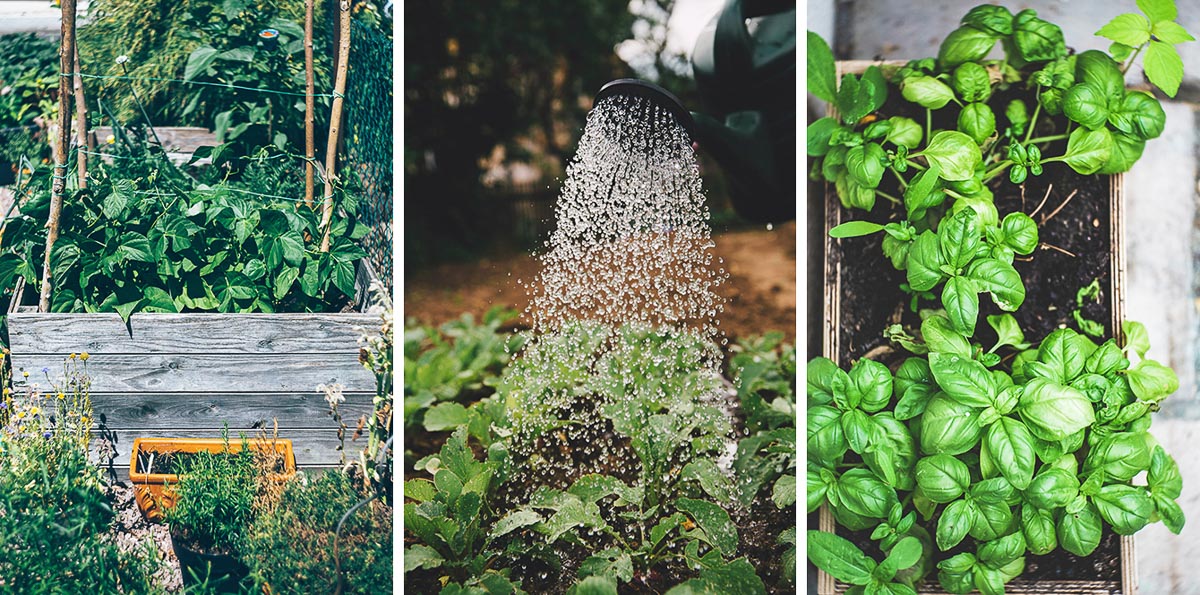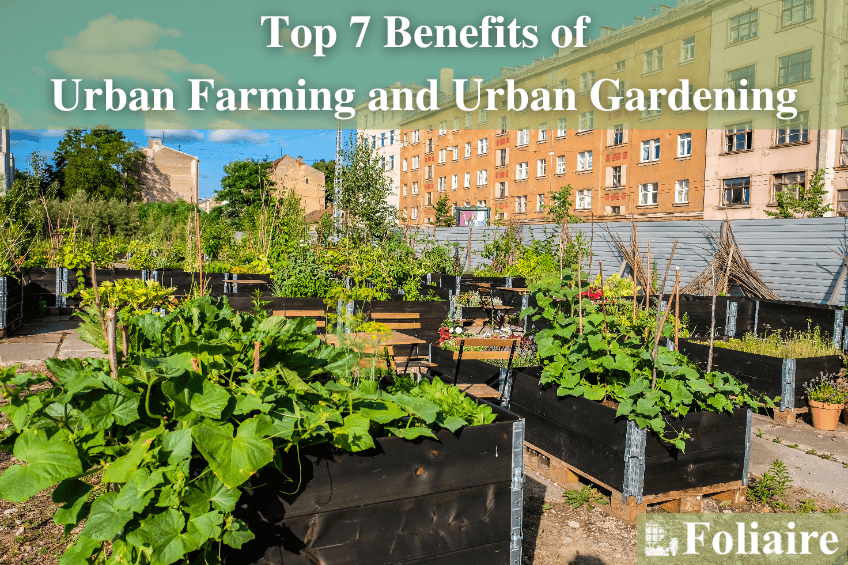City Blooming Fundamentals Explained
Intrigued in expanding food for sale in the City of Chicago? Below is a checklist of often asked questions regarding the rules and policies that growers must take into consideration when intending a metropolitan agriculture job.
The zoning modification does not customize any type of other codes handling composting, structure authorizations, acquiring or leasing City had residential or commercial property, service licenses or environmental contamination. There are existing codes that manage these problems and they stay completely impact and might be relevant to your task. Community yards are usually had or handled by public entities, civic companies or community-based companies and kept by volunteers.
Urban ranches expand food that is intended to be marketed, either on a nonprofit or for-profit basis. Due to their commercial purpose, metropolitan farms need a business certificate.
How City Blooming can Save You Time, Stress, and Money.
The amount of garden compost product can not go beyond 25 cubic lawns at any offered time according to the standards in 7-28-715 of the City's Municipal Code. Due to the fact that the soil at most new garden websites needs modifying, compost, soil, timber chips, or other products can be gotten to construct or improve the expanding room.

If a structure authorization is required after that the hoophouse will be thought about an accessory building. You can discover more concerning the building permit requirements by getting in touch with the Department of Buildings. The 25,000-square-foot size limitation is meant to avoid a solitary area garden from controling an offered block or interfering with the block's existing residential or commercial character.
The limit does not apply to yards situated in Public Open Area (POS) districts. Can there be more than one area garden that is 25,000 square feet on a solitary block? Secure fencing is not required, however, gardens that have large car parking locations may be required to install secure fencing or various other landscape design features.
Not known Factual Statements About City Blooming
B1 & B2 areas require that all commercial usage activities be performed indoors. Is fencing needed for metropolitan ranches? Fencings may be needed, along with landscape design and testing, for particular car parking areas and outside work or storage space locations depending on area and the specific task taking place.
Urban ranches call for building authorizations and zoning authorizations prior to building (sustainable gardening). Other forms of city review might be required depending on certain structures, tasks, size, landscape design, licensing, public heath and stormwater monitoring problems.
The Division of Service Matters and Customer Security can assist determine the specific type of company license that's needed. Off street parking is required for a lot of industrial projects in Chicago. The needed number of auto parking rooms is based on the number of workers functioning on site and not the square footage of the growing space.
The Of City Blooming

Yes. A city ranch can offer compost product generated on site, nevertheless, the operation should conform with the policies in 7-28-715 of the Chicago Municipal Code. Yes. Aquaponic systems are enabled inside your home on urban farms in several zoning districts. A zoning evaluation and structure permit is called for in order to set up frameworks or systems and a company license is called for as described above.
As much as five hives or colonies of honey bees might be maintained as an accessory usage. However, beekeepers should sign up with the Illinois Division of Farming. For more details concerning the proposed zoning amendment you might speak to the Department of Housing and Economic great post to read Development, Bureau of Preparation and Zoning at 312.744.8563.
Farming in cities and metropolitan areas An urban ranch in Chicago. Urban agriculture describes numerous techniques of cultivating. https://my-store-faa5b0.creator-spring.com/, processing, and distributing food in urban areas. The term additionally puts on the area tasks of pet husbandry, aquaculture, beekeeping, and cultivation in a metropolitan context. Urban farming is differentiated from peri-urban farming, which happens in backwoods beside residential areas.
The Definitive Guide for City Blooming
, that look for to form social networks founded on a common values of nature and area holism. These networks can create by way of formal institutional assistance, coming to be integrated right into neighborhood community preparation as a "change community" motion for sustainable city growth.
In either instance, the a lot more straight accessibility to fresh veggie, fruit, and meat items that may be become aware with urban agriculture can improve food security and food safety while lowering food miles, bring about lower greenhouse gas emissions, consequently adding to climate change reduction. A few of the initial proof of metropolitan agriculture originates from Mesopotamia.
Comments on “Getting My City Blooming To Work”